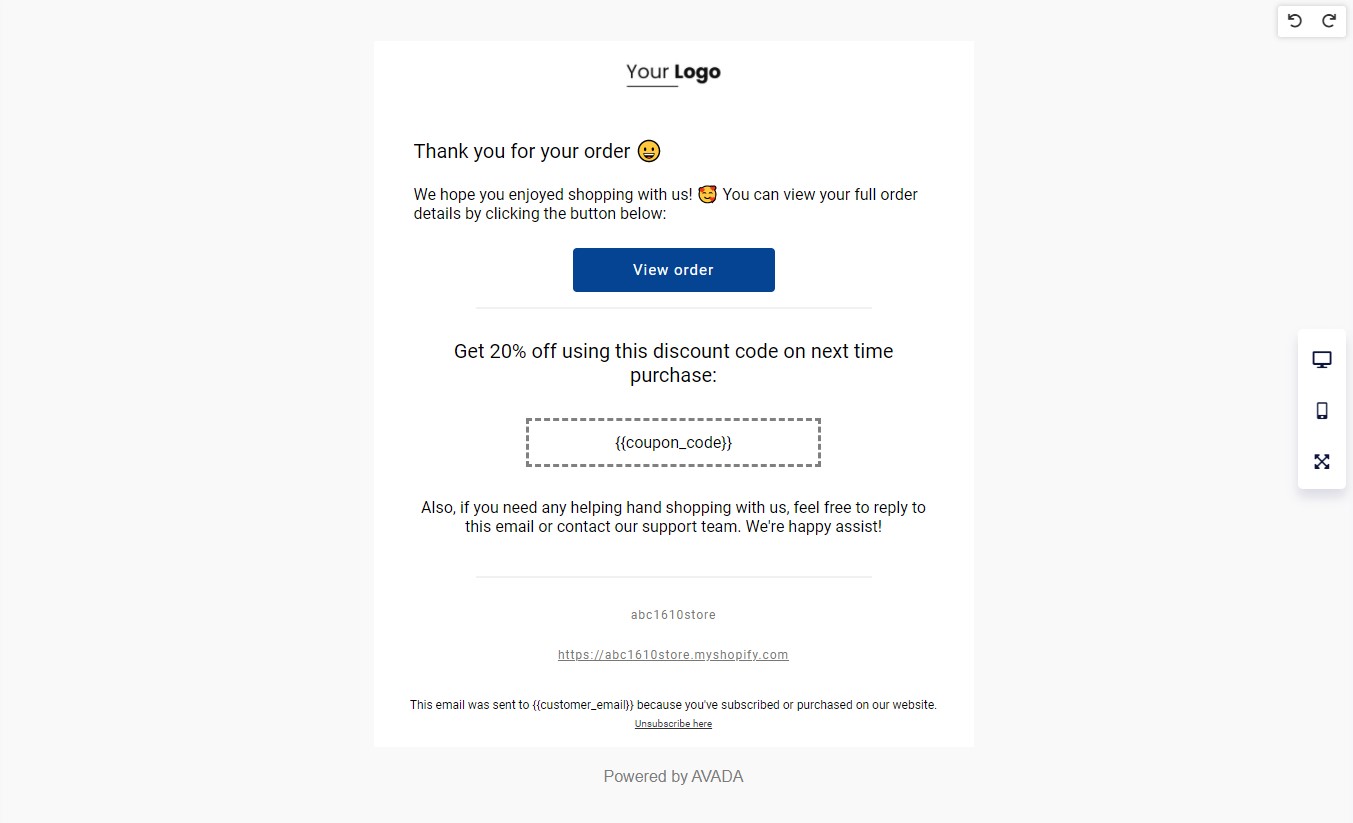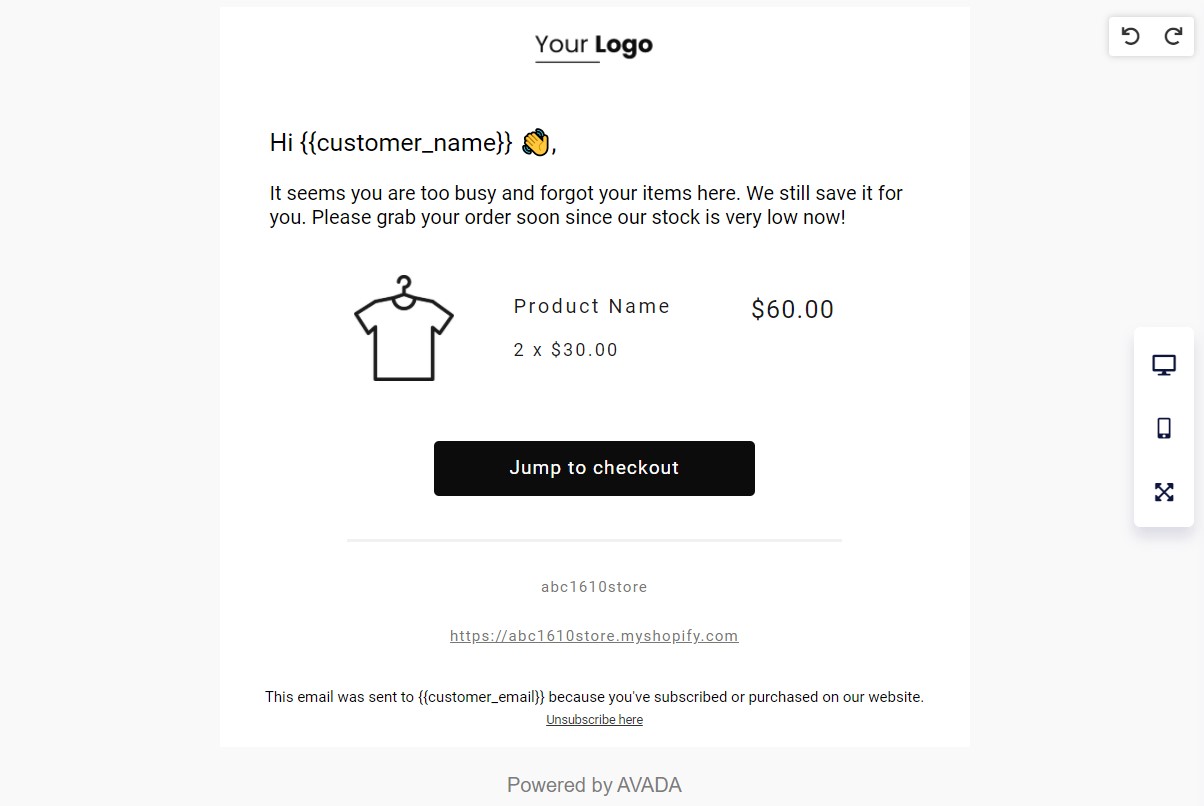Behavioral Email Marketing: An Essential Guide!
What if we say that you could generate 70:1 ROI by following a single trick in your next email marketing campaign?
Sounds quite bluff, right?
Let’s try again.
What if we told you that you could increase your revenue by 50% by following a straightforward email marketing strategy?
We bet this sounds more convincing. Interestingly, neither of the above stats is false!
Behavioral email marketing can make all of this possible for your business. It’s one of the most effective formats of automated emails that cater to trigger the right recipient at the right time. It is also a powerful example of how awesome results are generated when the audience engages with marketing.
While the potential for behavioral email marketing is immense, it is a surprise that only 20% of marketers use this tactic. It makes us ponder on what’s the actual reason behind this stat.
Therefore, let’s jump right into the core of behavioral email marketing and learn valuable tips on how to get started with it and increase your revenue manifold.
What is behavioral email marketing?
Behavioral email marketing is actually a customer-centric, trigger-based messaging strategy, which helps you provide immediate value to customers based on their actions.

When it comes to behavioral email marketing, customers dictate what emails they receive through their actions, as opposed to traditional email marketing campaigns, where the marketer decides what messages to send. This strategy allows marketers to facilitate the conversation, but ultimately lets customers dictate when, where, and how often they receive emails.
Behavioral email messages often include transactional or triggered outreach, such as welcome messages, receipts, account statements, shipping confirmations, and many more. They also include more dynamic outreach, like location-based messages that use geofences in order to trigger a message when a customer walks near a store.
These types of emails are not only expected by customers, but they also perform better than promotional marketing emails. Studies show that more than 75% of email revenue is generated by triggered emails.
Related topics:
Why does behavioral email marketing matter?
The clear advantage of behavioral email marketing is that you can immediately and automatically respond to key customer moments and offer highly contextualized value for a better customer experience.
However, behavioral email marketing can bring back more benefits than that. Some of them include:
-
Increase customer loyalty. Emails triggered by customers’ direct actions exhibit outstanding customer service, demonstrate that customers come first, and show that your business is paying attention and responding to their wants, needs, and interests.
-
Increase brand relevance. Responding relevantly and swiftly to customers’ actions boosts the relevance of your brand, because you are delivering messages tailored to each person’s immediate and individual needs and interests. Even if they can’t convert right away, you have scored brand-affinity points that could pay off in the future.
-
Accelerate the buyer’s journey. From the top to the bottom of the funnel, behavioral email marketing campaigns offer endless opportunities to engage with prospects and customers at the right time when they’re thinking about your brand. As a result, they’ll move more quickly toward becoming customers.
-
Gain competitive advantage. As we said above, despite the many benefits, only 20% of businesses are using behavioral-based emails. You can gain a competitive advantage when employing this tactic - until more companies realize what they’re missing.
-
Increase revenue. Of course, all the above benefits can ultimately improve your bottom line.
Behavioral triggers email marketing
While businesses can take action on many consumer behaviors, not all will be action-worthy. It requires you to determine what actions users take (or don’t take) that are worth responding to. In other words, which behavior-based emails can help you achieve your marketing and sales goals.
Below are 5 examples of consumer behaviors that can trigger email responses. Let’s explore!
Trigger 1: Visitors viewed specific website content
Examples of this trigger include web pages visited, links opened, content viewed or downloaded, products browsed, keywords searched, the number of pages viewed, and forms filled out.
Actions to take: It’s necessary to collect data about the content people view. For example:
- If visitors read several blog posts, send them a link to subscribe to your updates
- If they view an ebook, send them a link to case studies on the same subject
- If they view a case study, send them a link to customer testimonials
- If they view high-value pages, such as Pricing, FAQs, or Pricing, send them an offer for a free consultation.
Trigger 2: Prospects exhibit low engagement
Examples of engagement measurements include emails (not) opened, offers responded to, last interaction, responding frequency, open and bounced times.
Actions to take: You can win back inactive customers by sending them re-engagement messages showing how you care and value them. For instance:
- Send “we miss you” emails with attractive offers and deals with a sense of urgency
- Send an email to inform them of your appreciation and asks if you can do anything for them
- Send a survey and offer an appealing incentive for completing it
- Send an email with another CTA

Trigger 3: Visitors interacted with social media
Examples of social media interactions include retweeting, message sharing, Facebook mentions, as well as navigating to your website from social platforms.
Actions to take: Following up on social media interactions will give companies an ideal opportunity to build long-term relationships.
- If a social media interaction is relevant to your products/ services, send the latest and greatest product/ service insight.
- If it’s relevant to compare your products to those of your competitors, send comparison guides or reviews
- If it’s relevant to questions about your products, send educational content or case studies
- Respond to any interaction with special offers
Trigger 4: Customers made a purchase
Examples of this include what was purchased, quantity purchased, frequency purchased, and date purchased.
Actions to take: Send them a post-purchase series that shows appreciation for their purchase and willingness to please them. For example:
- Send confirmation email and shipping updates
- Add upsell and cross-sell related products (Because you liked this, you may also like this”)
- Offer value-add content by sending guides on using the product/ service
- Emphasize your customer service with warranty and return policies
- Incentivize them to rate and review the product/ service to increase referrals

Trigger 5: Incomplete purchase or sign-up
Examples of incomplete actions include cart abandonment, withdrawals, session duration for a specific product link, and form completion percentage.
Actions to take: Research shows that 7 out of 10 shoppers won’t complete their purchases, and most of the time it comes down to timing and costs. Similarly, many people start filling out forms, but never finish. You can nudge customers to finish their actions by using trigger-based emails, such as:
- Link to FAQs
- Offer site assistance
- Provide free trials or access to other useful information
- Offer price-match guarantee and free shipping
- Offer appealing discounts for completing the purchase

Related posts:
- Shopping Cart Abandonment: From A to Z
- What Are Abandoned Cart Emails? Strategy, Template, Tips, Campaigns Guideline
- How to Reduce Cart Abandonment with 12+ Awesome Tips
To build an effective behavioral email marketing campaign, you should try AVADA Email Marketing. This robust tool helps store owners set up automated email campaigns to reach the target audience with relevant messages. With the platform, you can:
- Create an email series with automated scheduling
- Trigger automated emails when a shopping cart is abandoned
- Create audience segments for more relevant messages
- Customize beautiful premade email templates for your brand
- Integrate with E-commerce platforms like Shopify and Magento
Noticeably, the app offers a free plan with up to 1,000 contacts and 15,000 emails per month. So, don’t hesitate to test it out!
TRY AVADA EMAIL MARKETING FOR FREE
5 steps to get started with behavioral email marketing
So, now you know the basics of behavioral email marketing. We know you are itching to get started, so here are 5 steps you can implement today:
#1. Onboard
Create a triggered welcome email for all new subscribers that complete registration. Use this email to inform them of the value that your business offers.
#2. Educate
Continue building your relationship with your users by offering information to enhance their overall experience with your brand. Share useful tips, industry news, or newly released product features to continue your dialogue with those who may need more information.
#3. Capture attention gently
In order to reclaim lost revenue, you should nudge visitors to get back to their abandoned carts or wish lists with items in stock. You can do this by using targeted emails with strong CTAs that won’t give them a chance to ignore.
#4. Remind
Remind your subscribers when their free trials are about to end, when there’s a shortage of their favorite product, or when an item from their wish list is already in stock. This way, you can both care and boost your sales.
#5. Get feedback
Once a customer takes a certain action, provide them opportunities to give feedback to continue improving their experience with your brand. Keep your surveys simple, offer incentives to encourage higher levels of survey completion, and then recognize and thank those that offer up their opinions.
6 behavioral email marketing tips to win customers
1. Track your user engagement
Tracking your user engagement is one of the most effective ways to ace behavioral email marketing. You can use the charts and patterns generated with the user’s generation on your website to analyze their behavior around your brand.
Suppose a particular visitor accesses your website and spends considerable time around a specific landing page. You can use this data as a useful indicator to target the individual user with that specific product or service.
2. Consider asking relevant questions

Thanks to the power of social media networks, acquiring subscribers has been easier than before. The type of information you obtain from your subscribers plays a significant role in your behavioral email marketing campaign.
While asking small questions about their tastes and preferences, you can also consider asking your visitors and customers some advanced questions. Asking relevant questions about your brand, such as “How likely would they recommend your brand to a friend?” or “Give some feedback about your product/ service.”
Asking such questions will help you explore the likes and interests of your audience. Plus, you can engage your customers in surveys and other interactive questions. This way, you will have a broader demographic segmentation.
3. Understand your customers before setting triggers
Behavioral emails work effectively due to their nature of the triggered response, based on a prospect’s behavior. This is the part where behavioral email marketing proves its true potential - “the user, not the marketer activates them.”
Sorting your trigger emails based on your customers’ actions is the true essence of such campaigns.
Let’s say if a prospect shows interest in your product or service and stays on your website for longer than average customers, you should target him with a conversational email showcasing your products/ services. Or, you can deploy chatbot pop-ups on related products.
4. Try engaging in conversation by using behavior response
Once you have the necessary information database of your prospects, the next step is to identify the trends and write converting emails to start a conversation based on that behavior.
We recommend you start with the recipient’s first name to give it a personalized touch. You can also incorporate the data available (i.e., any product they’ve been eying on or something they’ve had wish-listed for a long time) in order to make your emails more engaging and focused on the product.
If you have a hold on writing engaging content based on your prospect’s behavior, you can easily master the art of behavioral marketing.
5. Use compelling images

If you have not been incorporating images in your email campaigns, you’re surely missing out on something great.
Images can help readers visualize your ideas and improve their experience. Consider adding compelling images or related visual content around “promotional offers” or “ongoing sales.”
Remember that the visual content you put can play a significant part in encouraging your audience to land on your website and increase their knowledge of the product/ service.
Read more: How to Master Using Images on Email Marketing?
6. Design of your trigger email matters
It’s essential for your audience to understand and read your emails, no matter what email service provider they use. Designing responsive email templates lets your subscribers access your content on the move, irrespective of the device they use.
A lot will go into creating such compelling emails, but the first step starts with choosing a good email marketing platform. And while we’re on the subject, we understand the costs attached to using popular email software like MailChimp can be high, especially if you have just started your marketing game.
But don’t worry! You can still achieve outstanding results if you opt for a cost-effective mailing solution like AVADA Email Marketing. The tool can help you improve your real-time mail integrations with your contact base, as well as come with lots of interactive templates, allowing you to execute your campaigns in style with a fraction of the cost.
The bottom line
Behavioral email marketing represents a new way to execute your marketing strategy. Interestingly, you don’t need to own an enterprise or a large brand to run your own triggered campaign. Even small companies can make use of behavioral email marketing to explore new heights.
Having the right tools in hand can be an added advantage. Considering various functionalities that revolve around behavioral email marketing, it is apparent that you need functional email marketing software in order to execute such campaigns.
Choose your applications wisely and then make out of it to execute beautiful and compelling campaigns.
Now that you’ve seen the true potentials that can be unlocked with behavioral email marketing, are you ready to integrate it in your next campaign? Don’t hesitate to share it with us! And thanks for reading!
New Posts

How To Set Up Google Analytics 4 For Your BigCommerce Store






